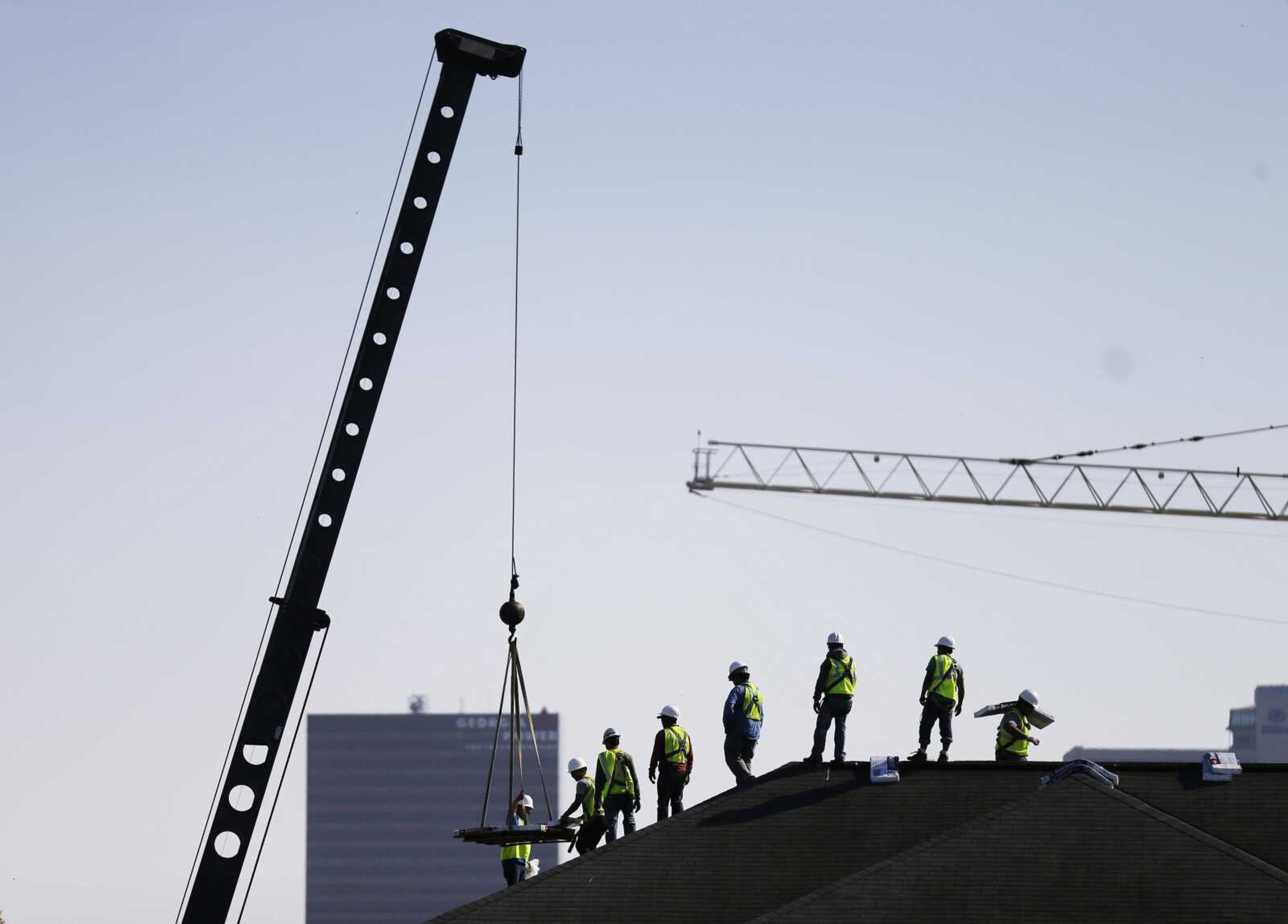U.S. worker productivity slumps again
WASHINGTON -- American workers were less productive again in the January-to-March quarter, although the decline wasn't as severe as first thought. Meanwhile, labor costs climbed at a faster pace than initially estimated. The Labor Department said Tuesday productivity declined at an annual rate of 0.6 percent in the first quarter after a 1.7 percent drop in the fourth quarter...
WASHINGTON -- American workers were less productive again in the January-to-March quarter, although the decline wasn't as severe as first thought.
Meanwhile, labor costs climbed at a faster pace than initially estimated.
The Labor Department said Tuesday productivity declined at an annual rate of 0.6 percent in the first quarter after a 1.7 percent drop in the fourth quarter.
The government first estimated productivity fell at a 1 percent rate.
Labor costs for employers rose at a 4.5 percent rate in the first quarter, even faster than the 4.1 percent gain first reported.
Productivity has been weak for the past five years, a troubling development because productivity growth is the key factor that pushes up living standards. The rise in labor costs indicates worker pay is climbing after an extended period of weak wage growth.
Blerina Uruci, an economist with Barclays Research, said she forecasts only modest productivity growth in the coming years, with "limited scope for an imminent return" to the stronger productivity gains that were occurring before the 2007-2009 recession.
Fed Reserve Chair Janet Yellen said Monday lackluster productivity gains represented a key uncertainty facing the economy.
Productivity growth has been unusually weak over the past five years, averaging just 0.5 percent per year, just one-third of the annual gains seen from 1970 to 1990, she said.
While some economists are pessimistic about the prospects for productivity in the coming years, Yellen remains "cautiously optimistic" as the adverse effects of the recession on investment spending and research begin to fade.
But she also urged pursuit of policies that would boost productivity, saying "strengthening education and promoting innovation and investment" would support longer-term growth in productivity and greater gains in living standards.
The upgraded estimate for productivity in the first quarter reflected the fact the government revised its estimate for total output, as measured by the gross domestic product, showing GDP grew at a 0.8 percent rate in the January- through-March quarter.
That was slightly stronger than the 0.5 percent gain first reported.
Productivity is the amount of output per hour of work.
While output was revised higher, it wasn't enough to compensate for the fact employment -- and thus the number of hours worked -- rose at a faster pace in the first quarter.
Connect with the Southeast Missourian Newsroom:
For corrections to this story or other insights for the editor, click here. To submit a letter to the editor, click here. To learn about the Southeast Missourian’s AI Policy, click here.








